Coles Valley settlers want the Resources on the Umpqua Reservation, 1854
The following two letters are an example of how the settlers could not live with the tribal people having any resources. The settlers in 1854 had won, and…
The following two letters are an example of how the settlers could not live with the tribal people having any resources. The settlers in 1854 had won, and…
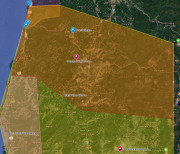
William Martin, the Sub-Indian Agent of the Umpqua and Coos Bay was appointed to the position by Jole Palmer in June 1853. He worked to understand the tribes…
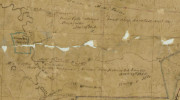
When Joel Palmer was appointed to Superintendent of Indian Affairs in May 1853 he had a good working knowledge of the tribes but had never visited the southern…

The first Rogue River War was a series of skirmishes and battles between mainly gold miners and the tribes. The miners had no regard for the tribes and…
It is well recording in numerous sources that diseases from Europe came with the exploring Whitemen and infected millions of the indigenous peoples of the World with…
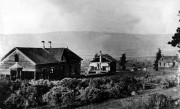
In 1853, the former Superintendent of Indian Affairs of Oregon Anson Dart had been forced to resign as none of his nineteen treaties with the tribes were ratified.…
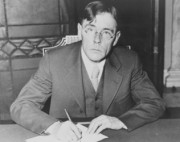
As Commissioner of Indian Affairs, John Collier was a long-term advocate for Indian tribes. In the 1920s, John Collier, a trained sociologist, led efforts in Washington, D.C. to…

Dr. Elijah White was a missionary and the first Indian sub-Agent of the Oregon territory. He was then (1837) part of Jason Lee’s Methodist Mission but had a…
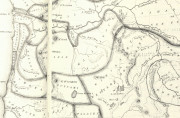
Horatio Hale has been the subject of much attention by me in recent months, in particular his Ethnology and Philology volume 6, United States Exploring Expedition, 1846. His…
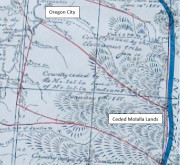
The Molala (Mollala, Molalla, Molele, La’tiwi) are a tribe of Western Oregon. They lived on the eastern periphery of the Willamette and Umpqua Valleys. There were at least…
Special Indian Agent J. Ross Browne famously came to the Northwest reservations in 1857 and wrote reports of the conditions of the tribes on the reservations. The following…
Aunt Pat in a low whispering voice was speaking to me before a Culture Committee meeting at Grand Ronde. Pat Allen was the chair and I was vice-chair,…
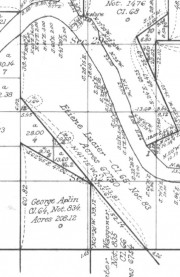
Etienne Lucier (Lussier, Lewis) was a French fur trapper who worked for the three principal fur companies in Oregon. He first arrived after traveling overland in 1811 as…

The Federal government’s role regarding Indian people was to figure out what to do with them. Tribes were in the way of American expansion and, removal of the…
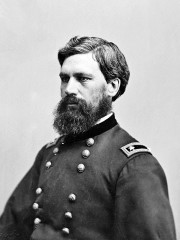
In 1874, General Oliver Otis Howard, who had served in the Civil War was the Commander of the Department Columbia took command of any Indian conflicts in the…
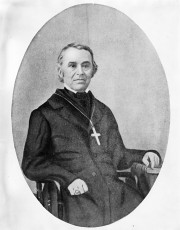
The Catholic Indian education program was initially supported by a policy decision by the U.S. Department of War in 1819. Then the USDOW was in charge of Indian…
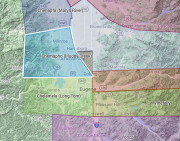
Chelamela and Chemapho Kalapuyans The Long Tom Watershed was the original homeland to two major tribes of Kalapuyan Indians, the Chelamela and Chemapho tribes. The Chelamela occupied the…
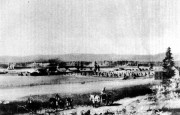
Modeste Demers was assigned with the Oregon Territory, in 1837, at the same time as Francois Norbert Blanchet and they traveled together overland to their assignment in canoes…
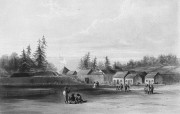
Reverend Blanchet traveled to Fort Vancouver after his mission to the Clackamas. In Vancouver, there was much more orderly town life, the chapels in the fort being served…
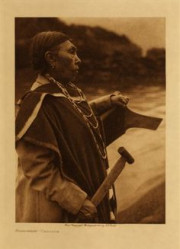
Blanchet’s mission to the Cascades is perhaps his first visit to this location. His interactions with Tamakoun, also later called Tomaquin, are quite revealing of the tribe…

The following is report from a Notice, Notice No. 4, part of a series of reports of the Catholic missionary Francois Norbert Blanchet (September 30, 1795 – June…

The following is a Notice, Notice No. 4, part of a series of reports of the Catholic missionary Francois Norbert Blanchet from 1841 to 1842 about his missionary…
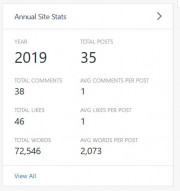
2019 has been a year of many changes for me and the blog. I am now fully employed at OSU in Anthropology and Native studies. This has been…
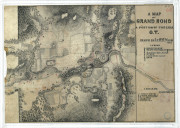
Previous essays have addressed the poor treatment of the tribes on the Grand Ronde Indian Reservation into the late 1860s. In 1869 during his inauguration speech, newly elected…